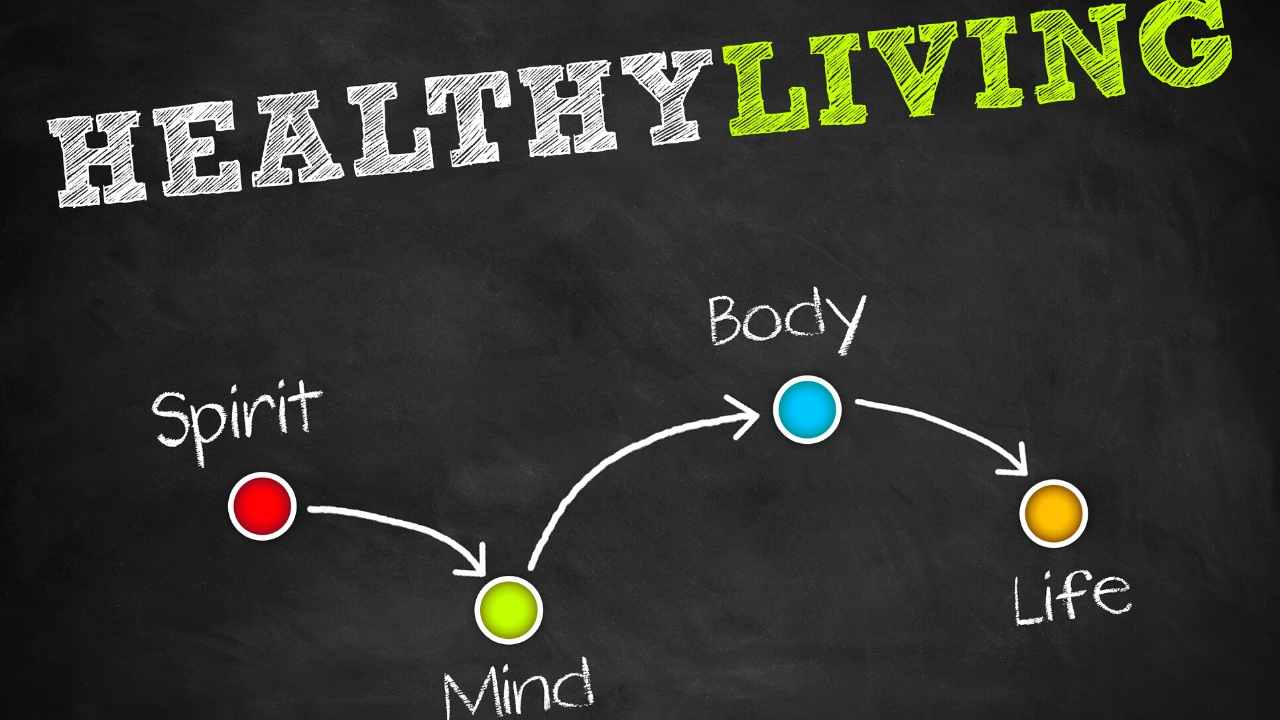
Regular physical activity is proven to increase your metabolism. The body uses food as fuel and excretes waste. These substances are called metabolites. They signal to the body when you exercise. Researchers analyzed the blood levels of 200 different substances in 52 subjects. These metabolites were associated with changes in fitness and weight. These surprising results suggest that regular exercise can boost your metabolism.
Exercise not only increases metabolism but has many other benefits. Cardiovascular exercise increases your heart rate, lowers body fat and reduces your overall weight. It also helps to curb your appetite after exercise. Aerobic exercise may also help to increase your metabolism. Strength training is a great option if you're looking to lose weight. This will increase the size and strength of your muscles. But remember: do not overdo it. There are no quick fixes for a slow metabolism.

Exercise can boost your metabolism and help to lose weight quickly. You also burn more calories when you increase muscle mass. Although many regular exercisers only gain about a pound of muscle, it isn't enough to increase metabolism. Also, muscle mass has no effect on your weight. The main reason why strength training can increase your metabolism is that it helps you build lean muscles. This may seem like a clear benefit, but it is vital to ensure that you get the right mix of both muscle mass types.
Your metabolism can be affected by your lifestyle and diet, but exercise is an effective way to increase it. Those who have a high body fat percentage have a slower metabolic rate than those who have more lean muscle mass. Because muscle burns more calories per calorie than fat, this is why it is so slow. Your RMR will increase if you add muscle to your body. This allows your body convert more food into energy. Your metabolism will rise faster if you exercise longer.
Exercise can help boost your metabolism and improve your heart health. Studies have shown that regular physical activity can prevent high blood pressure, heart disease, and cholesterol, and is a proven way to lower inflammation of the arteries. You can treat a wide range of medical conditions by improving your cardiovascular health. You will burn more calories when you exercise than you eat if your activity level is increased. You can increase your metabolism by increasing your energy.

Although strength training does not increase your metabolism as much as cardio exercise, it can boost it for up to 14 hours. In addition, muscle burns more calories than fat, so building muscle is an excellent way to increase your metabolism. Exercise is not the only way to lose weight. It is also important to eat nutritious food. Consuming more protein-rich foods can help increase your metabolic rate. These foods can be beneficial for your overall wellbeing.
FAQ
Why should we have a healthy lifestyle to begin with?
Having a healthy lifestyle helps us live longer, happier lives. A healthy diet, regular exercise and good sleep habits will prevent the development of diseases such as heart disease, stroke, cancer, diabetes, and Alzheimer's.
A healthy lifestyle can also help improve mental health and make it easier to deal with daily stressors. A healthy lifestyle can also help you feel and look younger.
How much should you weigh for your height and age BMI chart & calculator
A body mass index calculator (BMI) is the best way to find out how much weight you should lose. Healthy BMI ranges between 18.5 to 24.9. To lose weight, you should aim for a loss of 10 pounds per year. To calculate your BMI, simply enter your height and weight into the BMI calculator.
This BMI chart can help you find out if or not you are obese.
What is the difference in a virus and bacteria?
A virus can be described as a microscopic organism that cannot reproduce in another cell. A bacterium (or single-celled organism) reproduces by splitting itself into two. Viruses measure only 20 nanometers in diameter, but bacteria is up to 1 millimeter in size.
Viruses are often spread through contact of infected bodily fluids like saliva, urine or semen. Bacteria can be spread by direct contact with infected objects and surfaces.
Viruses may enter the body through cuts, scrapes. bites, or any other break in the skin. They can also be transmitted through the eyes, nose, mouth, ears, rectum, and anus.
Bacteria can get into our bodies through cuts, scrapes and burns, insect bites, or other skin breaks. They can also enter our bodies from food, water, soil, dust, and animals.
Both viruses and bacteria can cause illness. Viruses cannot multiply in their host cells. They only cause disease when they infect living tissue.
Bacteria can grow in their hosts and cause disease. They can infiltrate other parts of the body. We need antibiotics to get rid of them.
Statistics
- According to the 2020 Dietary Guidelines for Americans, a balanced diet high in fruits and vegetables, lean protein, low-fat dairy and whole grains is needed for optimal energy. (mayoclinichealthsystem.org)
- WHO recommends reducing saturated fats to less than 10% of total energy intake; reducing trans-fats to less than 1% of total energy intake; and replacing both saturated fats and trans-fats to unsaturated fats. (who.int)
- The Dietary Guidelines for Americans recommend keeping added sugar intake below 10% of your daily calorie intake, while the World Health Organization recommends slashing added sugars to 5% or less of your daily calories for optimal health (59Trusted (healthline.com)
- According to the Physical Activity Guidelines for Americans, we should strive for at least 150 minutes of moderate intensity activity each week (54Trusted Source Smoking, harmful use of drugs, and alcohol abuse can all seriously negatively affect your health. (healthline.com)
External Links
How To
What does the term "vitamins" mean?
Vitamins are organic compounds naturally found in food. Vitamins aid us in absorbing nutrients from the food we eat. Vitamins cannot be produced by the body. They must be acquired from food.
Two types of vitamins exist: water-soluble vitamin and fat-soluble vitamin. Water-soluble vitamins dissolve readily in water. These include vitamin C (thiamine), Vitamin B1 (riboflavin), Vitamin B2 (riboflavin), Vitamin B3 (niacin), Vitamin B6 (pyridoxine), Vitamin C, B1 (thiamine), Vitamin B2 (riboflavin), Vitamin B3 (niacin), and Vitamin B6 (pyridoxine). Fat-soluble vitamins are stored in the liver, fatty tissue and kidneys. These include vitamin D, E and K, as well as beta carotene.
Vitamins are classified based on their biological activity. There are eight major vitamin groups:
-
A - Essential for healthy growth and health maintenance.
-
C - essential for nerve function and energy generation.
-
D - essential for healthy bones, teeth, and gums.
-
E is required for good vision and reproduction.
-
K - essential for healthy muscles, nerves, and bones.
-
P - vital for building strong bones andteeth.
-
Q - aids digestion, absorption and absorption iron
-
R - necessary for making red blood cells.
The recommended daily allowance for vitamins (RDA) varies based on gender, age, and physical conditions. The U.S. Food and Drug Administration, (FDA), sets the RDA value.
For example, the RDA for vitamin A is 400 micrograms per dayfor adults 19 years or older. For fetal development, pregnant women need 600 mg per day. Children ages 1-8 require 900 micrograms per day. For infants younger than one year, 700 micrograms are required daily. However, this number drops to 500 micrograms each day for children aged 9-12 months.
Children aged between 1-18 years require 800 micrograms of sugar per day, while overweight children need 1000 micrograms. Children who are underweight receive 1200 micrograms every day to meet their nutritional requirements.
2200 mg of vitamin A per day is required for children aged 4-8 who have been diagnosed by anemia.
2000 micrograms per person is necessary for general health. Breastfeeding or pregnant women require 3000 micrograms per daily due to higher nutrient demands.
1500 micrograms are required daily by adults over 70 because they lose approximately 10% of their muscle each decade.
Women who are pregnant, nursing or breastfeeding need more than the RDA. Pregnant woman need 4000 micrograms daily in pregnancy, and 2500 per day after childbirth. Breastfeeding mothers need 5000 mg per day when breastmilk is being produced.